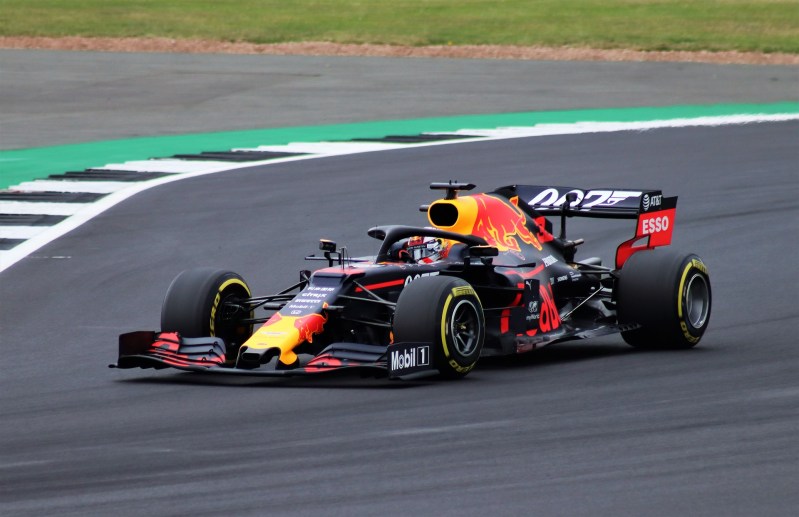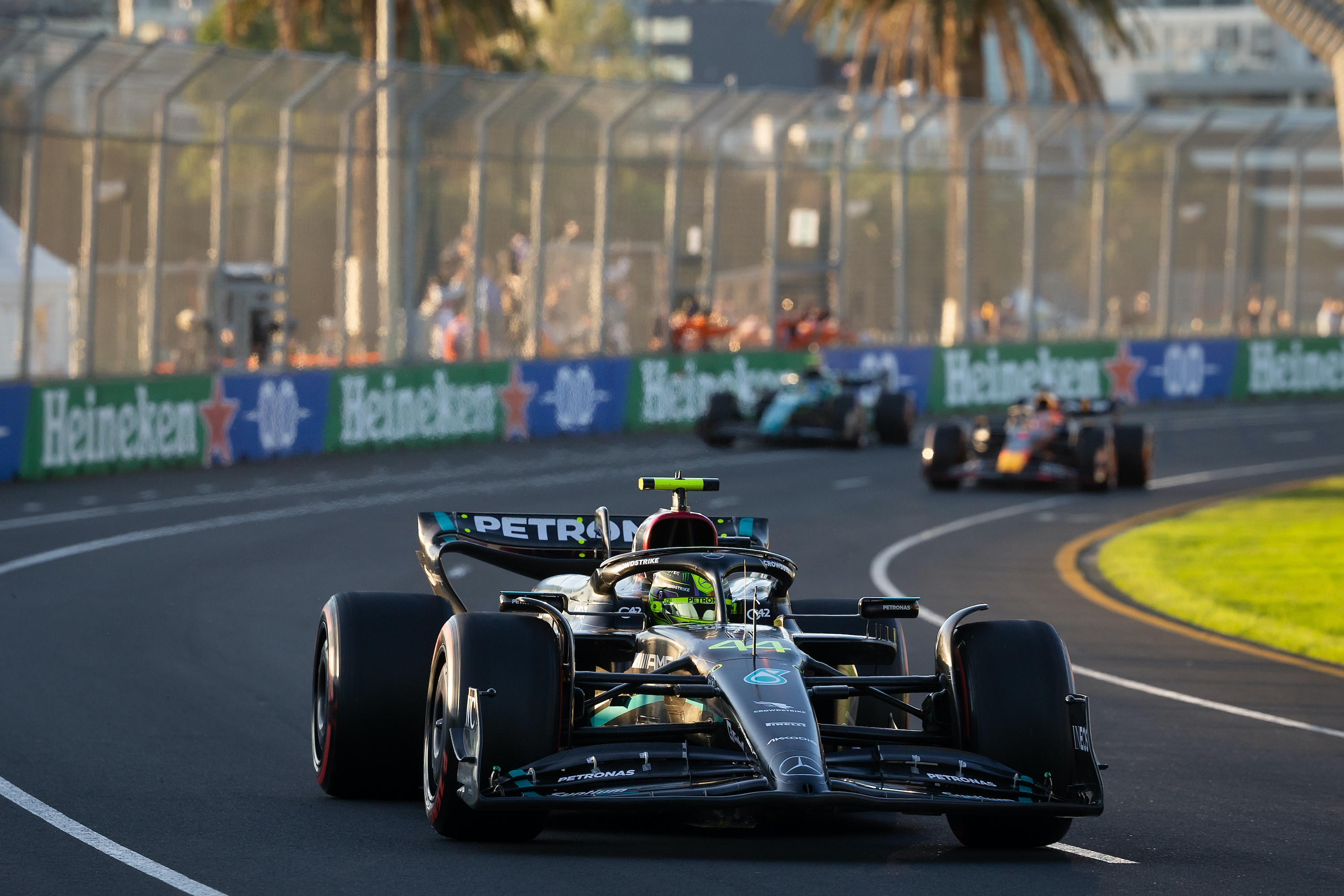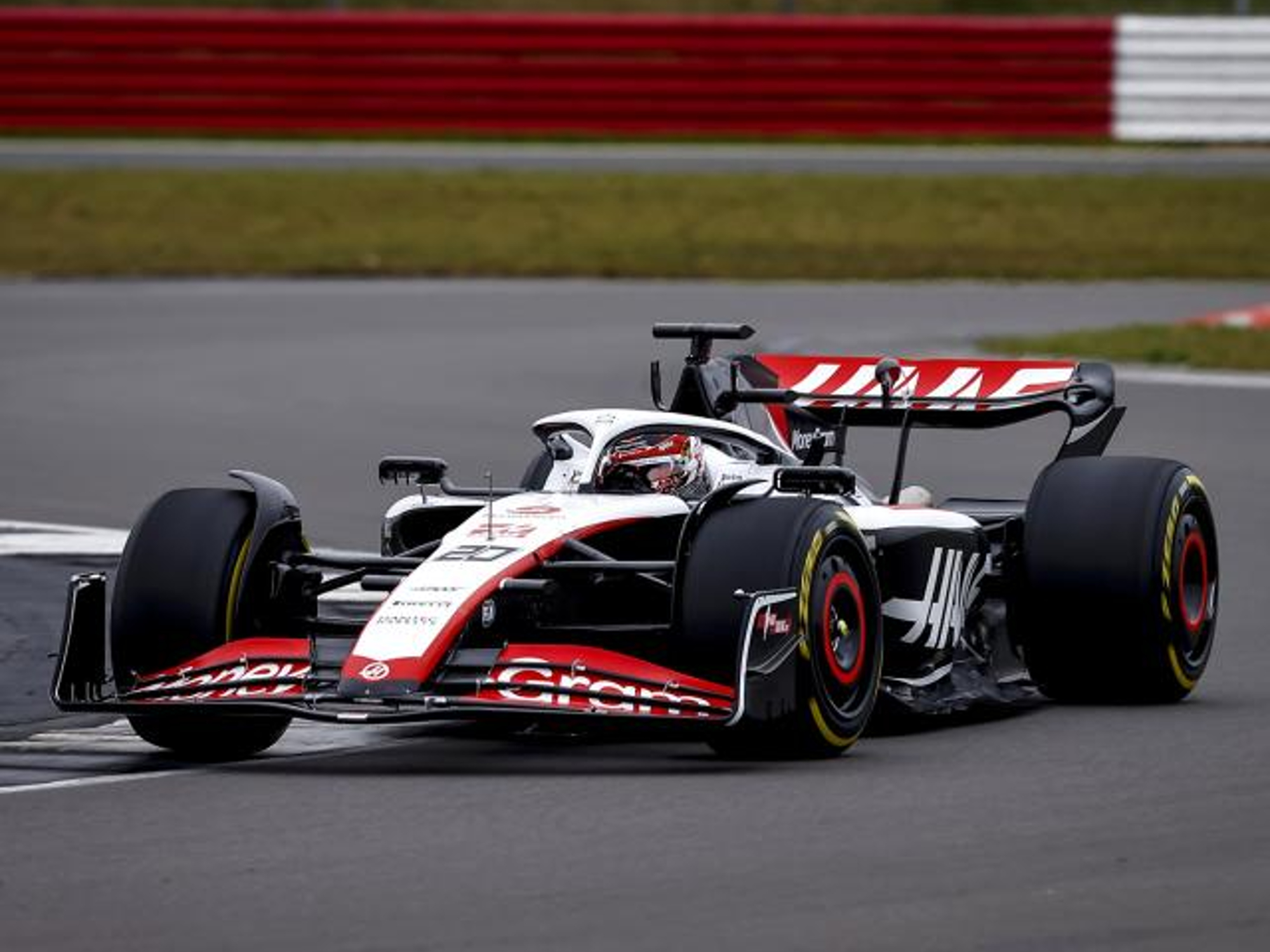
Do you mean they get money, too? During the Formula 1 racing season, F1 drivers travel to exotic locations, get treated like superstars, and drive incredibly fast cars to compete with some of the world’s top drivers. They also get paid salaries estimated to start at $1 million per season and may earn a lot more in bonuses, prizes, endorsements, and sponsorships.
From the live event spectators’ and TV viewers’ perspectives, it may appear that F1 race car drivers lead glamorous lives, but the reality for even the best drivers is a relatively short career training, practicing, and performing under constant pressure. Aspiring F1 drivers start young, usually under 10, and focus on racing, hoping that by the time they reach the minimum F1 driving age of 18, an F1 team will want them. If a driver succeeds in getting a seat in an F1 race car, then the scrutiny of the intensely data-centric F1 world commences. F1 driver performance is measured in many ways, including salaries and overall income.
Why F1 driver salaries matter

Professional racing drivers may not choose the profession primarily for the money but for the rush, the fun and excitement, and the chance to prove their prowess and superiority in competition with their peers. F1 drivers may care about the money they earn for its absolute value in return for their labor and exposure to very real danger, but compensation is also another form of competition.
Formula 1 racing is a big-money enterprise. Liberty Media, Formula One Group’s owner, had a $392 million pre-tax profit on $3.222 billion of Formula 1 revenue in 2023. F1 teams incur hundreds of millions of dollars of expenses each season and the top teams can count on substantially greater financial rewards from F1, sponsors, and car manufacturers. It’s only fair that F1 drivers share the largess.
How F1 drivers get paid

F1 drivers are paid by their teams. Teams have annual or multi-year contracts with drivers and may also pay the drivers bonuses, prize money, and other compensation. Driver may also have substantial earnings from driver sponsorships, endorsements, and other F1-related businesses.
F1 superstar drivers Max Verstappen and Lewis Hamilton

Red Bull’s Max Verstappen won the last three F1 Driver World Championships and has the highest reported base salary of $55 million for 2024. Lewis Hamilton drives for Mercedes and is hunting for his 8th World Championship, making him the winningest F1 Championship driver in history.
Hamilton has not placed first in a Grand Prix in two years, so his team bonuses are likely not as high as Verstappen, who was in first position in 19 of the 22 Grand Prix in 2023. If Verstappen continues to dominate F1 racetracks, his future salary amounts are beyond imagination. Earlier this year, Hamilton surprised nearly everyone in F1 when he announced he would leave Mercedes at the end of the 2024 season to race for Ferrari starting in 2025. Hamilton’s salary with Ferrari is rumored to be $100 million.
2024 F1 driver salaries

The table below lists F1 drivers’ estimated 2024 base salaries. While the amounts may not be exact, they are based on widely reported information compiled by RacingNews365 from knowledgeable F1 sources. The figures are for the drivers’ base annual salaries. Drivers may also receive additional money from bonuses, prizes, sponsorships, and endorsements that equal or exceed their annual salaries.
| Driver | Team | 2024 Estimated Salary |
| Max Verstappen | Red Bull | $55 million |
| Lewis Hamilton | Mercedes | $45 million |
| Charles Leclerc | Ferrari | $34 million |
| Lando Norris | McLaren | $20 million |
| George Russell | Mercedes | $18 million |
| Fernando Alonso | Aston Martin | $18 million |
| Sergio Perez | Red Bull | $14 million |
| Carlos Sainz | Ferrari | $12 million |
| Valtteri Bottas | Sauber | $10 million |
| Daniel Ricciardo | RB | $7 million |
| Esteban Ocon | Alpine | $6 million |
| Pierre Gasly | Alpine | $6 million |
| Oscar Piastri | McLaren | $6 million |
| Kevin Magnussen | Haas | $5 million |
| Alexander Albon | Williams | $3 million |
| Lance Stroll | Aston Martin | $3 million |
| Nico Hulkenberg | Haas | $2 million |
| Zhou Guanyu | Sauber | $2 million |
| Yuki Tsunoda | RB | $1 million |
| Logan Sargeant | Williams | $1 million |



